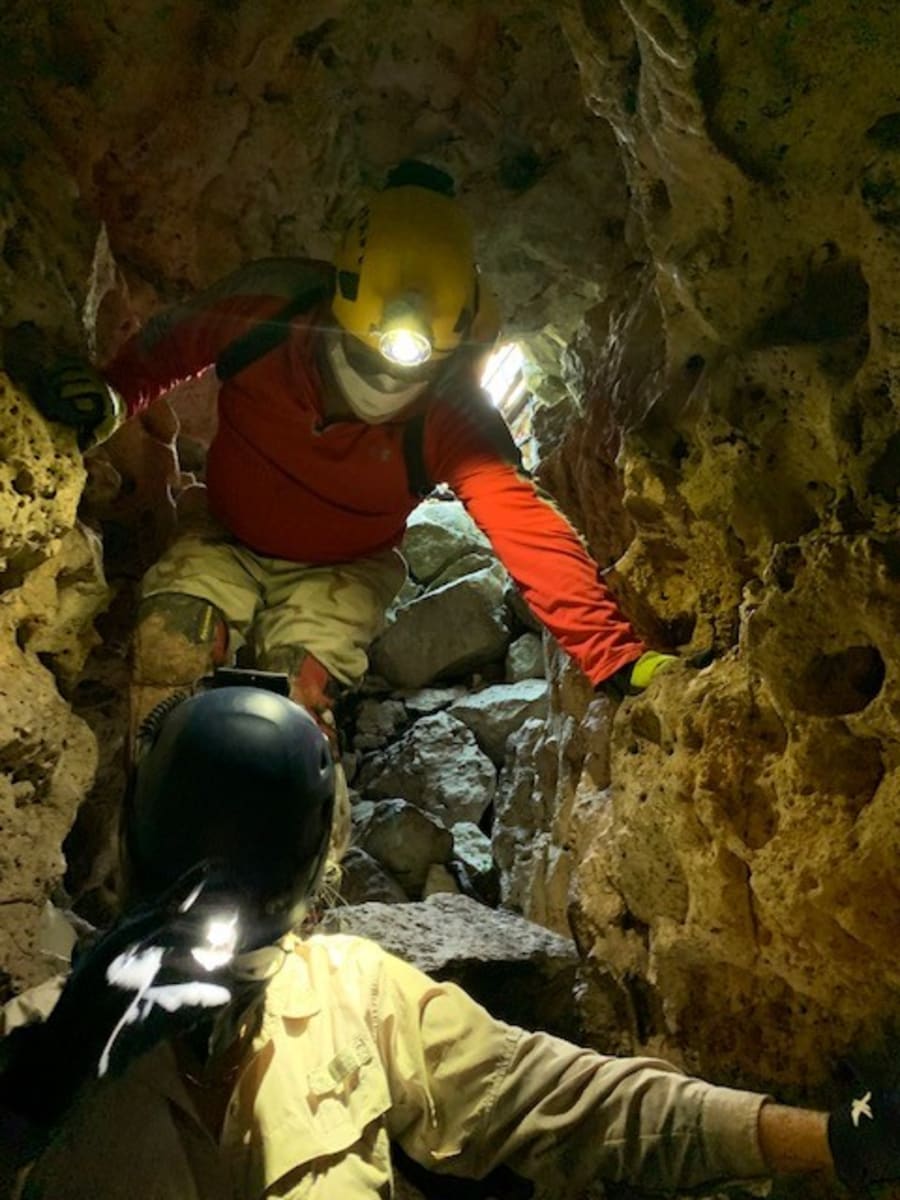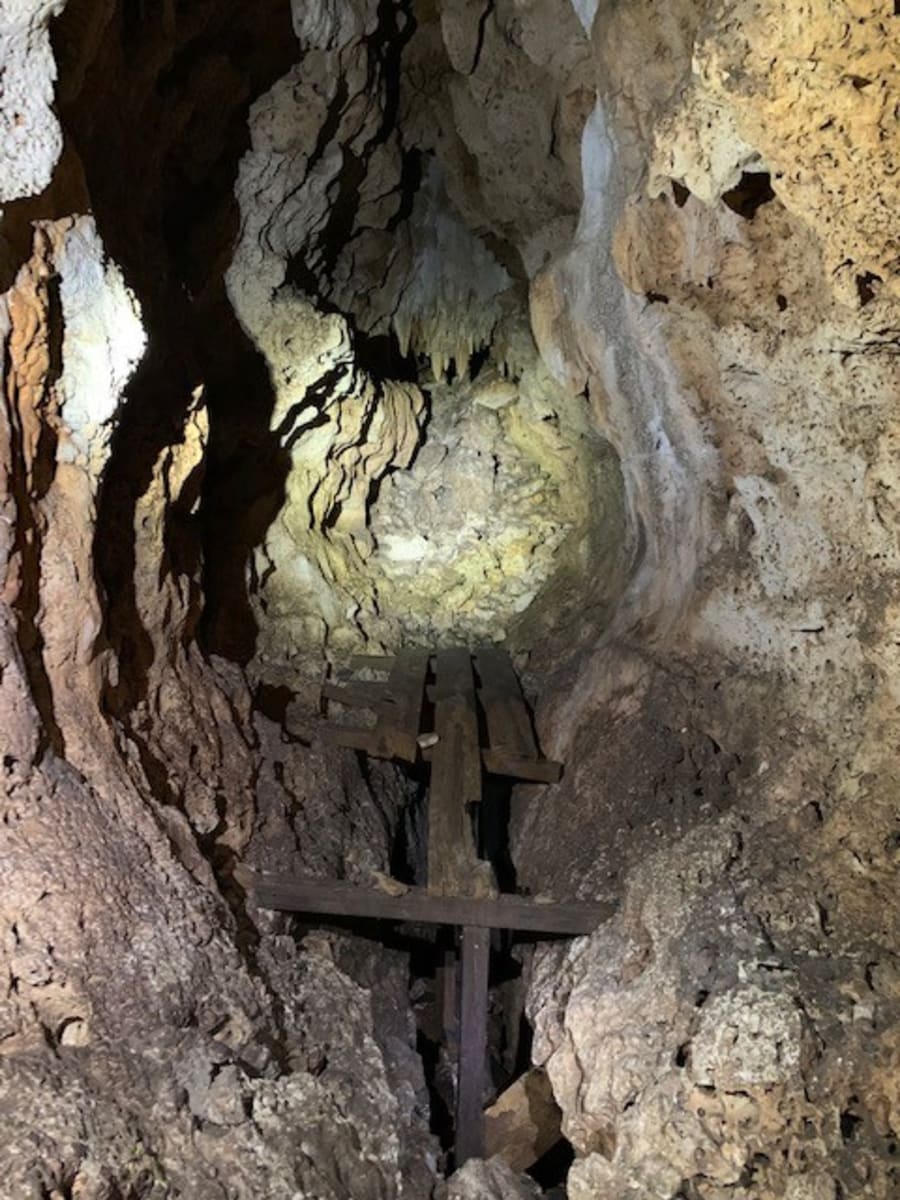Comal County is one of the fastest growing counties in the country and it’s no secret why. The scenery is beautiful. But for some, that is exactly why development is concerning.
Much of Comal County sits over the contributing and recharge zone of the Edwards Aquifer. To understand it better, we visited one of the many caves found in the county.

“At one time, the cave was filled with water. And then, as the water levels have dropped over geologic time, it’s left these relics of conduits that move water through the system,” explained Geary Schindel, president of the National Speleological Society, who guided us through a central Comal County cave. “So these caves allow us to look at the fabric of the limestone to understand better how groundwater moves through the system, how it goes from recharge to discharge.”

The process of recharge to discharge to area springs occurs quicker than you might think, which is why some feel preserving and protecting these caves are crucial.
“It’s vitally important because water is life, right? And we have these caves are basically direct conduits to the water supply,” explained Helen Ballew, a conservation consultant for the Comal County Conservation Alliance.
Ballew believes Comal County runs the risk of damaging its natural resources with rapid, and in some cases, unregulated development.
”It’s coming in every which way and it’s not just on the fringes of New Braunfels growing out of the Canyon Lake area. It’s all over now,” said Ballew. “So, you have these beautiful open landscapes that are natural areas or even agricultural lands, and they’re converting into subdivisions and strip centers and quarries in some cases.”
Damage to caves like the one we visited have been documented. In fact, according to the owner of the cave, a road was once slated to come close to the entrance of the cave. After it was brought to the county’s attention, according to the landowner, the plan was abandoned.
Ballew’s mission is to give landowners options.
“Many of them are feeling so much pressure from developers calling them every week to buy their land that we work with them to put conservation easements on their property,” said Ballew.
A conservation easement would protect the land and what’s below for years to come. But, for those who want to make Comal County their new home, can preservation of natural resources and development of Comal County co-exist? Ballew argues that they can, but more planning is needed.
”It needs to be planned better. There need to be many areas that are not just part of a subdivision development that’s maybe done right, but how about a county park? How about a state park?” suggested Ballew.

Our trip into the cave showed us just how fragile the underground formations are and how directly connected to the aquifer these caves can be. And our adventure down into this cave doesn’t end here.
That trip underground is part of a bigger story that myself and Meteorologist Sarah Spivey and the KSAT Explains teams will be airing about the aquifer.
It’s part of our KSAT Explains series, set to air on February 8th. You can catch the entire episode on our digital platforms.



